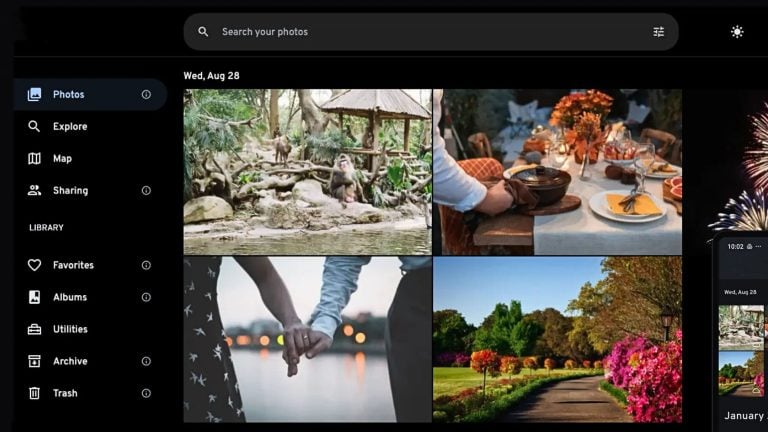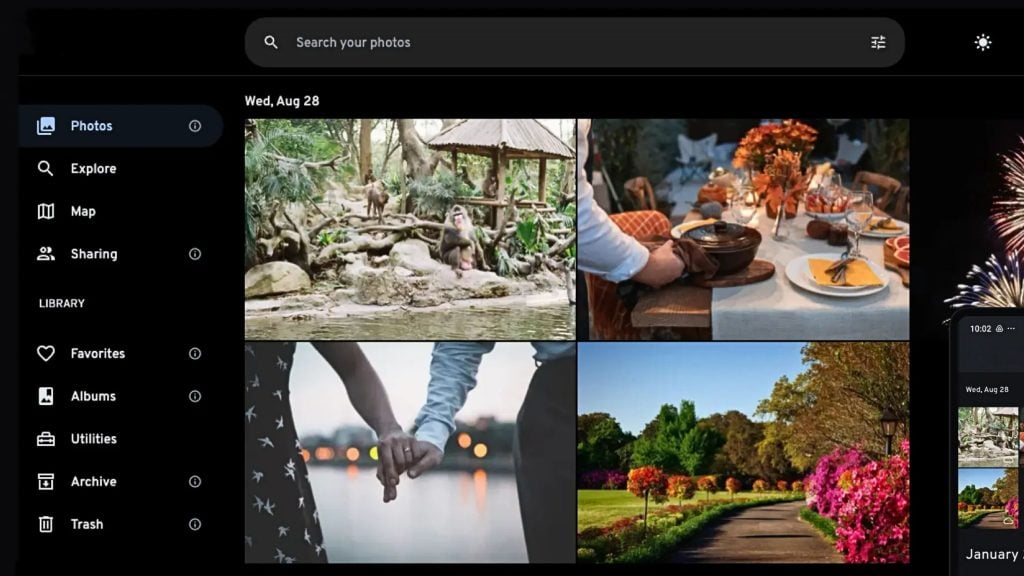Writers for the New York Times deceived readers about Project Veritas, a non-profit media group that exposes wrongdoing in powerful institutions, by presenting opinions as facts in their articles, a New York Supreme Court judge decided.
We obtained a copy of the decision for you here.
Project Veritas is suing two NYT writers for defamation in their articles that were presented as factual news, not opinions.
In the ruling, where the NYT motion to dismiss the lawsuit was denied, the judge said that the writers used “reckless disregard” and “acted with actual malice” by denigrating Project Veritas without supporting their claims with actual evidence.
Last year, NYT writers Tiffany Hsu and Maggie Astor made unverifiable claims that a video by Project Veritas about election irregularities in Minnesota was deceptive in five articles. The non-profit journalism group’s lawsuit claims the articles contained falsehoods and defamation.
“Mr. O’Keefe and Project Veritas have a long history of releasing manipulated or selectively edited footage purporting to show illegal conduct by Democrats and liberal groups, ” wrote Astor, in one of her articles.
In one of Hsu’s articles, she claimed that the organization “magnified the reach of the deceptive video released last month by Project Veritas, a group run by conservative activist James O’Keefe.”
“The video claimed without named sources or verifiable evidence that the campaign for Representative Ilhan Omar, a Minnesota Democrat, was collecting ballots illegally,” Hsu added.
According to the judge, it is unclear whether these statements were fact or opinion.
“Stating that the video is ‘deceptive’ and stating ‘without verifiable evidence’ in a factual way in a news article certainly presents the statement as fact, not opinion,” the judge wrote in his decision.
“Further, the Astor and Hsu Articles could be viewed as exposing Veritas to ridicule and harm to its reputation as a media source because the reader may read these news Articles, expecting facts, not opinion, and conclude that Veritas is a partisan zealot group, deceptively editing video, and presenting it as news.”
The NYT had argued that the statements claiming the video was “false” and “deceptive” were opinions, meaning they could not be judged as false or true. However, after reviewing the article’s context and tone, the judge concluded that a reader might believe that the statements are facts about Project Veritas.
The paper also argued that although the phrase “deceptive” could be objectively perceived as a factual statement, the writers provided evidence by citing other media outlets such as The Washington Post and Fox News.
The judge countered the argument by saying “polling does not decide truth nor speak to evidence” adding that “Defendants have not met their burden to prove that the reporting by Veritas in the Video is deceptive.”
The ruling means that Project Veritas can proceed with the lawsuit.
“This ruling means Project Veritas will now be able to put New York Times reporter Maggie Astor and New York Times executive editor Dean Baquet under oath where they will be forced to answer our questions. Project Veritas will record these depositions and expose them for the world to see,” Project Veritas said in a statement.
What the Times writers did is a common accusation made against many mainstream media sources in recent times; using broad and unfounded claims to make readers doubt the credibility of other media sources they disagree with ideologically. Whether or not Project Veritas wins, the lawsuit might discourage others from writing defamatory hit-pieces simply to hurt their adversaries rather than provide factual reporting.










